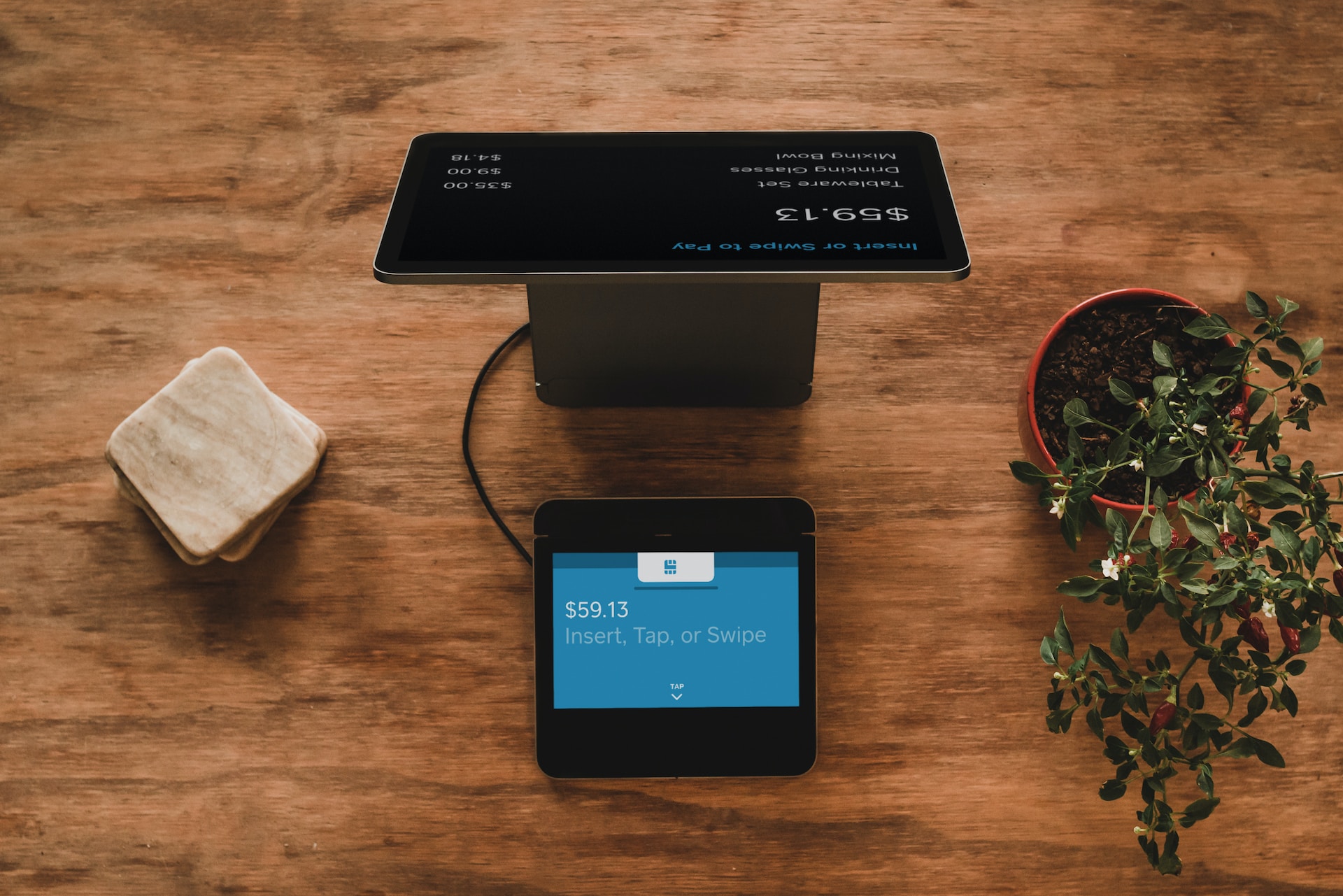Creating a fintech solution is not easy, it requires a thorough understanding of the industry, user behavior, and technological infrastructure. This article provides a step-by-step guide to developing a fintech solution that meets user expectations and stands out in the crowded marketplace.
Understanding the Fintech Landscape
What is Fintech?
Fintech refers to financial technology that uses software and digital platforms to provide financial services to consumers and businesses. Fintech apps have disrupted traditional banking and investment systems by offering faster, more convenient, and cost-effective solutions. Knowing how to make a fintech app will help you get a competitive advantage on the market and build a perfect solution.
Types of Fintech Apps
There are several types of fintech apps, including mobile banking solutions, investment and trading applications, digital wallets, peer-to-peer payment services, and personal finance management tools. Each type has unique features and functionalities tailored to the needs of specific user groups.
Popular Fintech Apps
Some of the most popular mobile fintech solutions are PayPal, Venmo, Square Cash, Robinhood, Acorns, and Mint. They have gained a massive user base by offering user-friendly interfaces, secure transactions, and value-added services.

Researching User Needs
Defining Target Audience
The success of a fintech service depends on how well it caters to the needs of its target audience. Therefore, it is essential to define the target audience based on demographic, geographic, psychographic, and behavioral factors. This information helps in creating user personas that guide the product’s development and marketing.
Identifying User Pain Points
The next step is to identify the pain points of the target audience related to financial transactions, such as long waiting times, high fees, security concerns, and lack of transparency. This information helps in developing features that address these pain points and differentiate you from competitors.
Conducting Market Research
Market research involves analyzing the trends, competition, and regulations in the fintech industry. This information helps in identifying opportunities and challenges and creating a unique value proposition for your service.
Building a Fintech App
Choosing the Right Technology Stack
The technology stack refers to the programming languages, frameworks, and tools used to develop the app. The choice of technology stack depends on factors such as application requirements, scalability, security, and development cost. Some of the popular technology stacks for fintech services are React Native, Node.js, etc.
Designing User Interface & User Experience
The user interface (UI) and user experience (UX) design of a fintech solution should be intuitive, user-friendly, and visually appealing. It should also reflect the branding and values of the app. The UI/UX design should be tested with actual users to ensure it meets their needs and expectations.
Integrating Security Features
Security is a critical aspect of fintech apps as they deal with sensitive financial information. The application should have strong encryption, secure authentication, and fraud detection features. It should also comply with industry-standard security regulations.
Developing Backend Functionality
The backend of a fintech service involves the servers, databases, and APIs that handle the app’s functionality. It should be scalable, reliable, and high-performing to handle user traffic and data processing. The backend development should be done in parallel with the front-end development to ensure seamless integration.
Testing & Debugging
Testing and debugging are crucial steps in fintech development as they ensure the app’s quality and functionality. The app should be tested in various scenarios, such as different devices, operating systems, and network conditions. The bugs and issues should be fixed promptly to avoid negative user feedback.

Launching & Marketing
App Store Optimization
App Store Optimization (ASO) involves optimizing the app’s visibility and ranking in the app store. This includes choosing the right application name, description, keywords, and visuals. ASO also involves gathering positive user reviews and ratings to improve the app’s credibility and attract more users.
Paid Advertising
Paid advertising involves promoting the service through online ads, such as Google Ads and Facebook Ads. It is an effective way to reach a broader audience and drive downloads. Paid advertising should be targeted to the app’s target audience and should have clear messaging and call-to-action.
Social Media Marketing
Social media marketing involves using social media platforms, such as Twitter, Facebook, and LinkedIn, to promote the app. Social media marketing should have a consistent brand voice and should engage with the audience through relevant content, polls, and contests.
Influencer Marketing
Influencer marketing involves collaborating with social media influencers to promote the application to their followers. This is an effective way to reach a highly engaged and loyal audience. Influencer marketing should be targeted to influencers that align with the app’s values and target audience.
Building Brand Reputation
Building a strong brand reputation is crucial for the success of a fintech app. This involves providing excellent customer service, responding promptly to user feedback, and building trust and credibility through transparent communication and actions.
Maintaining & Updating
Monitoring User Feedback
Feedback monitoring is a must-have part of fintech software development. Monitoring user feedback involves collecting user feedback through surveys, reviews, and social media. This helps in identifying areas of improvement and addressing user concerns promptly. User feedback should be used to update and improve the app’s functionality and user experience.
Fixing Bugs & Issues
Fixing bugs and issues should be a continuous process in software development. This involves identifying and fixing bugs and issues promptly to avoid negative user feedback and churn. Regular updates should be released to address bugs and issues and provide new features and functionalities.
Updating Features & Functionality
Updating features and functionality involves releasing updates that provide new and improved features and functionalities. This helps in retaining existing users and attracting new ones. The updates should be based on user feedback and market trends.
Ensuring Compliance & Regulations
Fintech apps are subject to various regulations and compliance requirements, such as anti-money laundering (AML) and know-your-customer (KYC). It is essential to ensure that the software complies with these regulations to avoid legal issues and damage to your business’ reputation.

Developing a fintech project requires a thorough understanding of the financial industry, technology, and user behavior. It involves various stages, from ideation and planning to design, development, and launch. The app should be user-friendly, secure, and compliant with industry standards and regulations. Effective marketing strategies, such as ASO, paid advertising, social media marketing, and influencer marketing, can help in attracting and retaining users. Maintaining and updating the app through monitoring user feedback, fixing bugs and issues, updating features and functionality, and ensuring compliance and regulations are crucial for the app’s success.
The development process requires a multidisciplinary approach and collaboration between designers, developers, marketers, and legal experts. It involves continuous learning and adapting to new technologies and market trends to provide innovative and valuable solutions to users.













